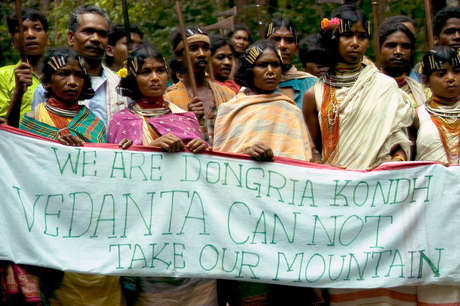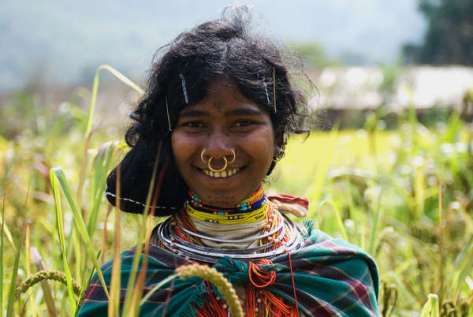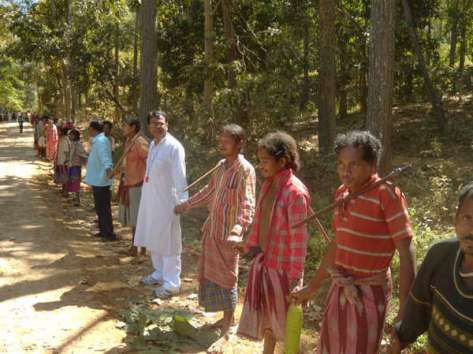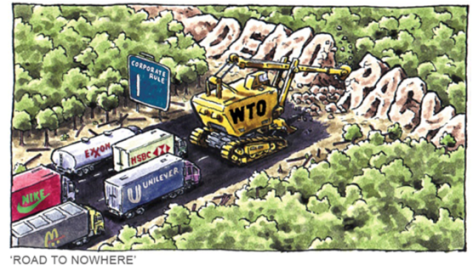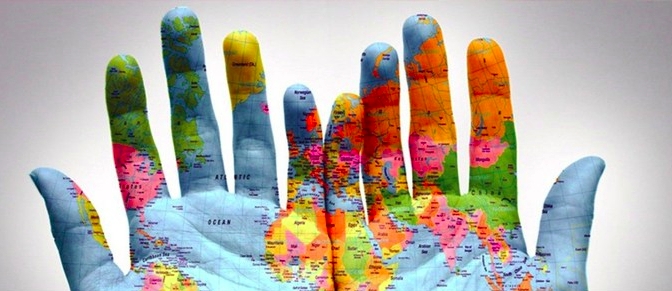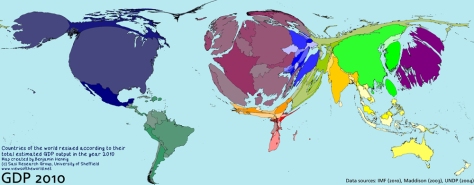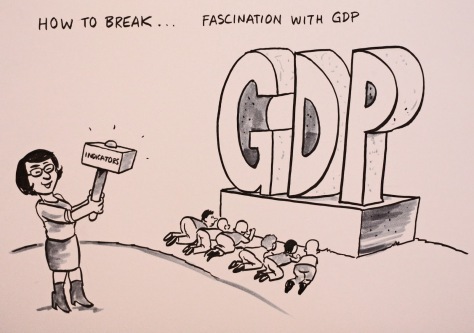Planning of India’s development started long before Independence and the First Five Year Plan was introduced in 1951. The Five Year Plans are the integrated documents for national economic development. All the countries which had state-led development had used this method to set a goal and keep track of the development, their achievements and failures.
|
Timeline |
Basic Needs |
Government Policies |
Results |
|
1951-56 |
Influx of refugees, severe food shortage |
Low-Income group housing scheme. |
Objectives of rehabilitation of refugees, food self-sufficiency & control of prices were more or less achieved. |
|
1961-66 |
Agriculture |
Central Housing Board. |
The Plan was thorough failure in reaching the targets due to unforeseen events – Chinese aggression (1962), Indo-Pak war (1965), severe drought 1965-66. |
|
1966-69 |
New agricultural plans were implemented. |
Cellular concrete plan. |
It paved the path for the planned growth ahead. |
|
1969-74 |
Main emphasis was on the growth rate of agriculture to enable other sectors to move forward. |
Urban Development programme. |
Influx of Bangladeshi refugees before and after 1971 Indo-Pak war was an important issue along with price situation deteriorating to crisis proportions and the plan is considered as a big failure. |
|
1985-90 |
Focus – rapid growth in food-grains production. |
Water supply and sewage Boards. |
The plan was very successful as the economy recorded 6% growth rate against the targeted 5% |
|
1992-97 |
Fiscial and economic growth |
Reforms including liberalization |
High economic growth, the growth of agricultural, and improvement in trade. Reason: Bad economic situation, worsening balance of payments. |
|
1997-2002 |
Growth with social justice and equality. |
Dependence on private sector priority given to agricultural and rural development. To generate employment and to eradicate poverty |
Moderately successful. |
|
2002-07 |
The targets included a reduction in gender gaps in literacy and wage rate, reduction in Infant & maternal mortality rates, improvement in Target Growth literacy, access to potable drinking water cleaning of major polluted rivers, etc. |
successful. |
|
|
2007-12 |
Towards more faster and inclusive growth. The savings, as well as the investment rates, increased. But growth was not perceived sufficiently inclusive for the SC’s, ST’s and the minorities. Broad vision: rapid growth reducing poverty, creating employment opportunities, access to essential services to health care and education etc. First year: the achieved growth rate of 9.3%, decelerated to 6.7% following the global financial crisis. Avg. annual growth rate of GDP = 8% and is lower than the target. Domestic savings + investment – below target, but not very far. Poverty: declined by 1.5% The issue of price stability – constrained supply of invest-able funds – 11th plan performed levels below the target. |

